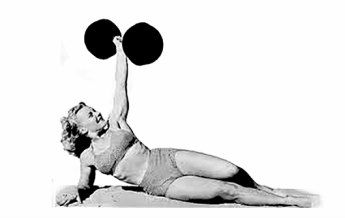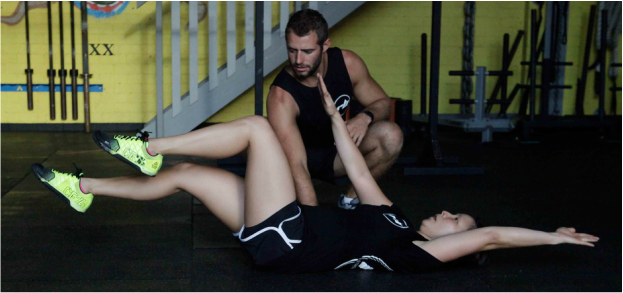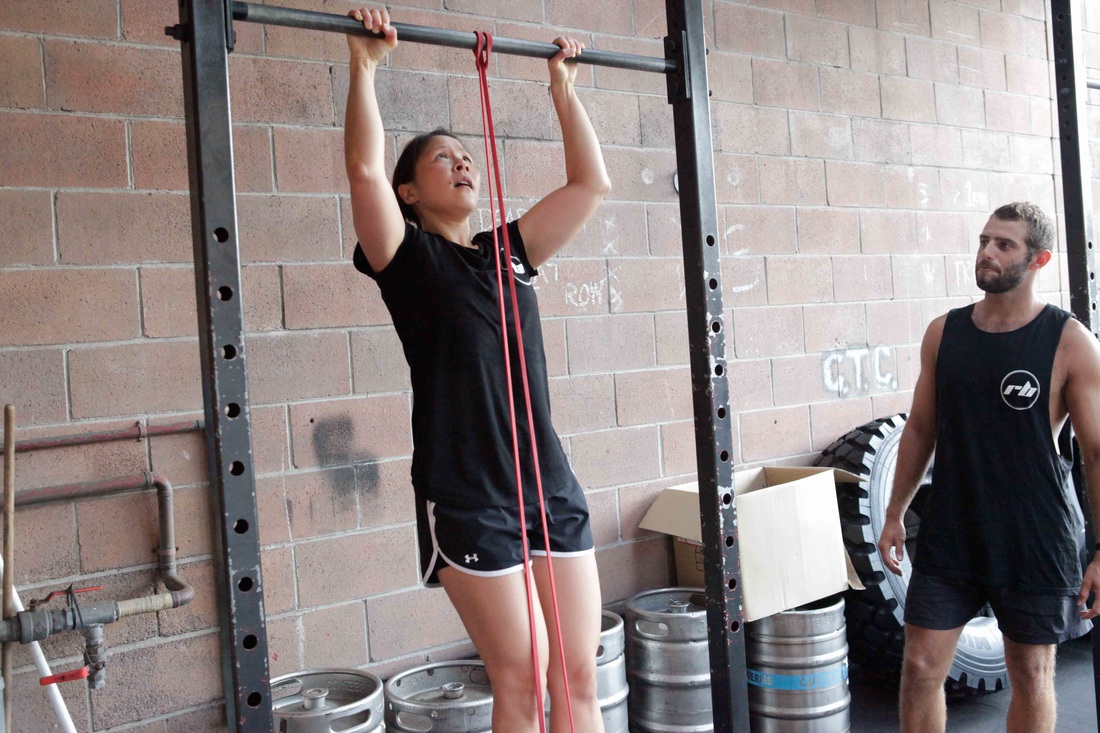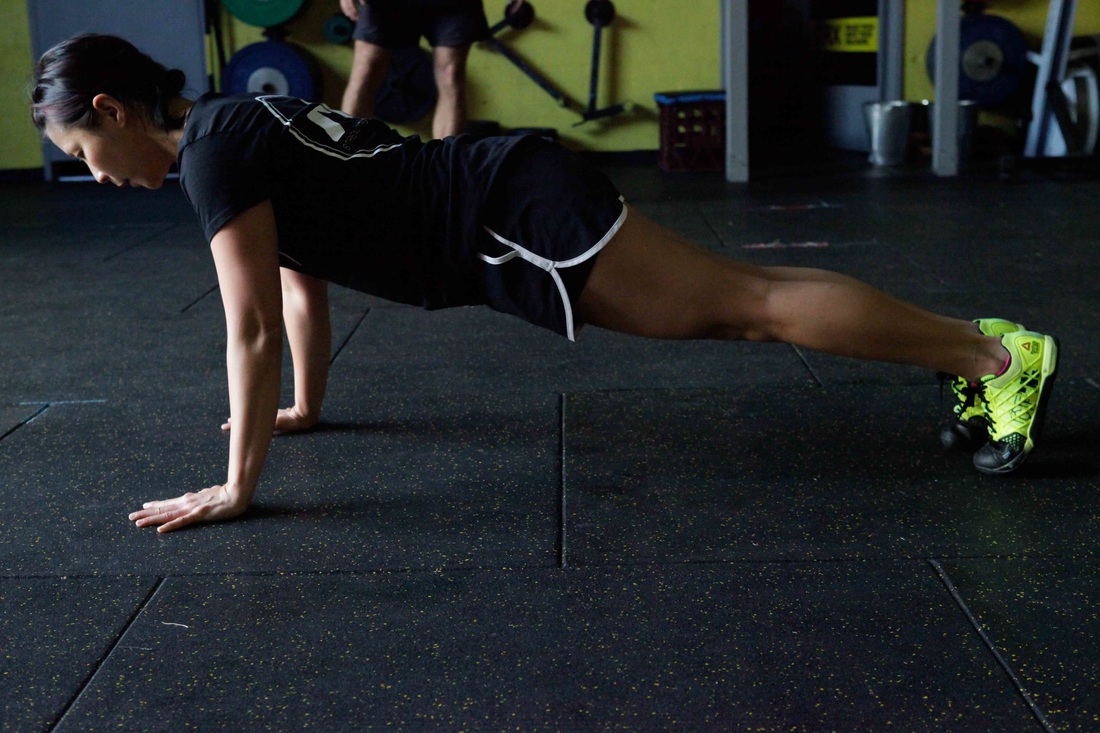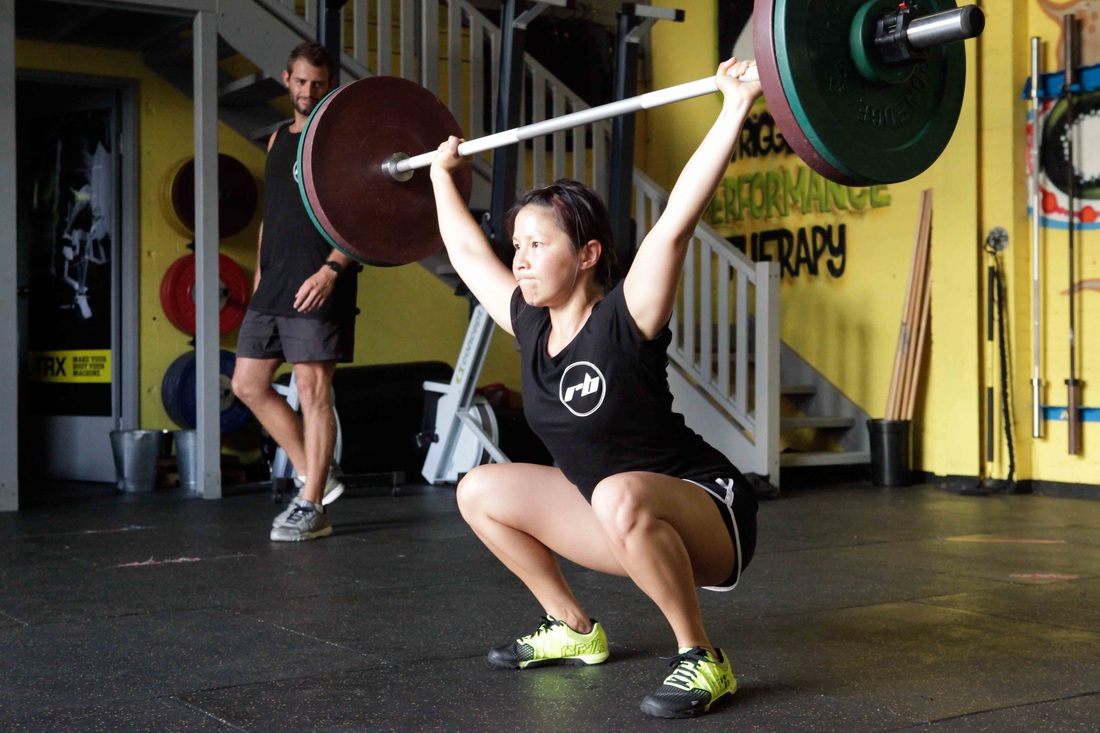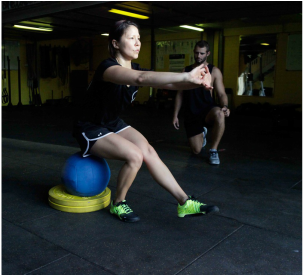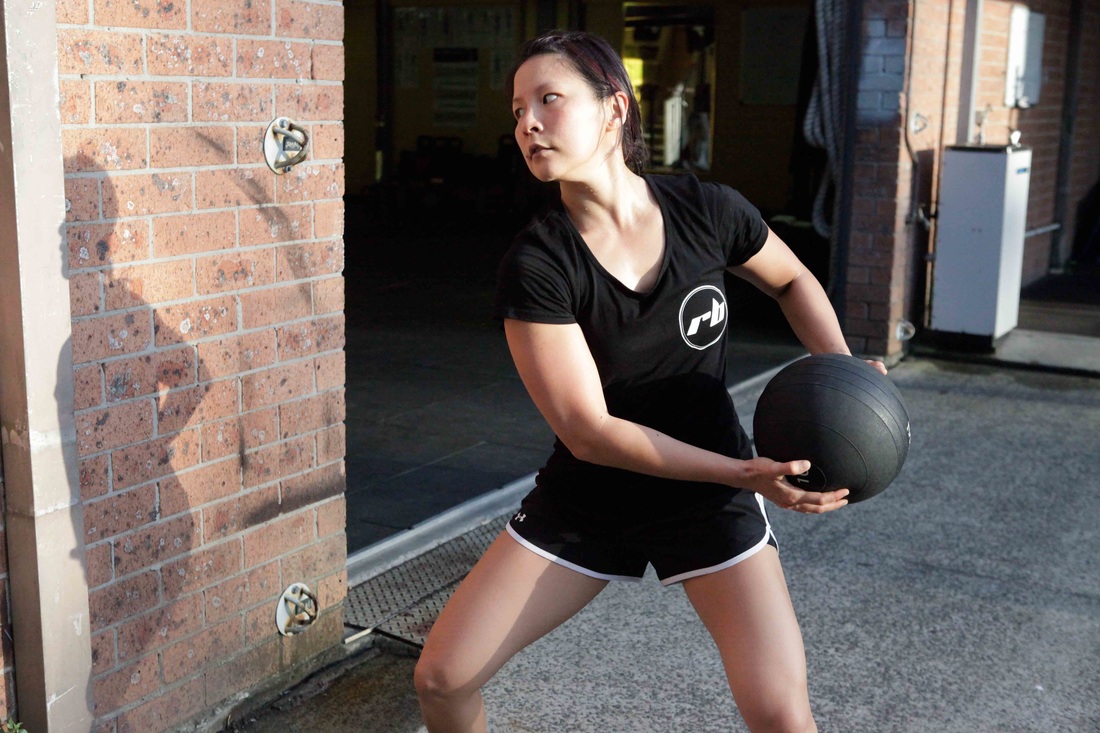The Five Best Assistance Moves for Improved Surfing
By Ryan Bailey
Getting into the ocean for a surf is one of the best "active rest day" activities I can think of. Not only do you get outside of the gym and away from the stench of Dencorub, you're getting your blood flowing and you're moving dynamically in cold water.
A couple of weeks ago we looked at some of the similarities between lifting and surfing but in today's article we look at some things that you can do in the gym that will have a positive effect on your ability to catch a wave. Performance coach Ryan Bailey takes us through his pick of the five best assistance moves for improving your surfing in Part two of The Barbelle Club's foray into the land of surfing. Part one here...
A couple of weeks ago we looked at some of the similarities between lifting and surfing but in today's article we look at some things that you can do in the gym that will have a positive effect on your ability to catch a wave. Performance coach Ryan Bailey takes us through his pick of the five best assistance moves for improving your surfing in Part two of The Barbelle Club's foray into the land of surfing. Part one here...
Pull-ups
|
Your ability to perform a strict pull up (overhand grip) is highly correlated to your paddling performance. By increasing the number of repetitions and overall strength (indicated by 1 rep max pull up) you are able to reach greater paddling speeds and improve your paddling endurance. This will allow for better positioning before take off and easier entry into the wave.
|
Variations
Novice: Lat pull down, machine or band assisted pull-ups
Advanced: Weighted - dumbbell between legs
Novice: Lat pull down, machine or band assisted pull-ups
Advanced: Weighted - dumbbell between legs
Push-ups
|
Pushing strength is essential when transitioning from paddling to standing (the pop up) and can be improved with this simple body weight exercise. By improving your ability to produce pushing force and the rate you produce it, your able to stand up quicker allows for more time to balance, make decisions and manoeuvre your self. This exercise can be modified in a number of ways, which can suit the beginner to the advanced surfer.
|
Variations
Novice: Wall push up, knee push up, bench push up,
Advanced: Weighted push up, dumbbell push up, banded push up, single arm
Novice: Wall push up, knee push up, bench push up,
Advanced: Weighted push up, dumbbell push up, banded push up, single arm
Deep Squat
|
Leg strength is important during surfing to balance, produce force during maneuvers and absorb force during bumps, change of directions and landings. The deep squat is a fundamental movement to develop leg strength permitting more powerful maneuvers and greater control while surfing. The “deep” squat also improves mobility of the hips and ankles which is important for surfers.
|
Variations
Novice: Sit to stand, body weight squat, goblet squat
Advanced: front squat, high bar back squat, overhead squat
Novice: Sit to stand, body weight squat, goblet squat
Advanced: front squat, high bar back squat, overhead squat
Single Leg Squat (SLS)
Variations
Novice: SL balance, Lunge, SLS assisted (TRX), SL sit to stand, short range SLS
Advanced: Body weight SLS, weighted SLS, overhead weighted SLS
Novice: SL balance, Lunge, SLS assisted (TRX), SL sit to stand, short range SLS
Advanced: Body weight SLS, weighted SLS, overhead weighted SLS
Mobility
The ability to maintain a “good” position while paddling is important to ensure your not placing extra stress on your shoulder or lower back. Thoracic spine extension is important for surfers to develop as it will allow for better movement at the shoulder, greater ability to rotate the upper body and less stress through the lower back (lumber spine). By coupling foam rolling of the upper back with some thoracic mobility exercises (google search) you can maintain better positions while paddling and reduce the risk of an overuse injury.
The ability to maintain a “good” position while paddling is important to ensure your not placing extra stress on your shoulder or lower back. Thoracic spine extension is important for surfers to develop as it will allow for better movement at the shoulder, greater ability to rotate the upper body and less stress through the lower back (lumber spine). By coupling foam rolling of the upper back with some thoracic mobility exercises (google search) you can maintain better positions while paddling and reduce the risk of an overuse injury.
Accessory Exercises
Trunk Stability
Developing “core” strength will also allow you to maintain a strong position while paddling, support the spine and assist in balance + rotation of the trunk. Stress the body with large compound lifts and use a variety of isometric, anti-rotation, rotation, flexion and extension exercises to develop this.
Trunk Stability
Developing “core” strength will also allow you to maintain a strong position while paddling, support the spine and assist in balance + rotation of the trunk. Stress the body with large compound lifts and use a variety of isometric, anti-rotation, rotation, flexion and extension exercises to develop this.
Power and Mechanics
Advanced surfers need to develop the ability to be explosive in order to perform maneuvers, negotiate waves and generate speed. To develop this capacity surfers should utilize loaded and unloaded explosive exercises – Olympic lifting, plyometrics (squat jump, countermovement jump, depth jump) and high velocity strength exercises (fast warm up reps, squat jump, bench throw). Landing mechanics should also be practiced to develop correct muscle activation patterns.

Ryan Bailey is a performance coach specializing in strength and conditioning. He is a senior strength and conditioning coach for ESS Performance and has a passion for surfing. Ryan will shortly be spending some time learning from the coaches at the Hurley Surfing Australia High Performance Centre AIS Aerial Surf Skate Training Facility.
Thank you to our model Cinthya and the crew at V02 Vitality for having us.
